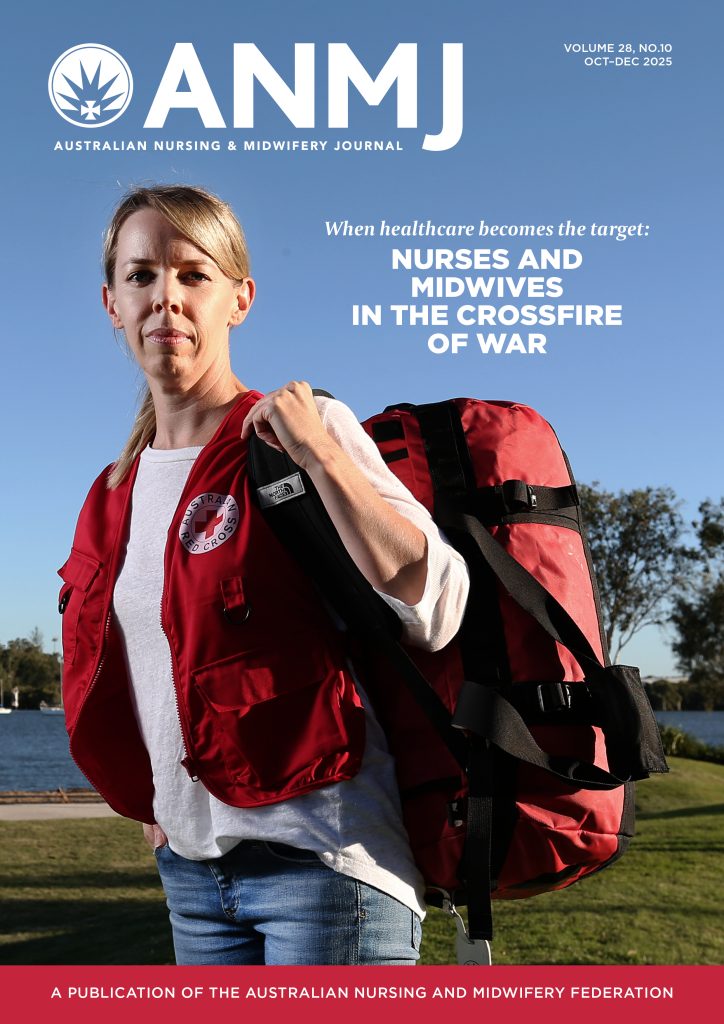While the global nursing workforce continues to grow, widespread disparities in the availability of nurses remain across regions and countries, exacerbating inequities, according to the State of the World’s Nursing 2025 report, released on International Nurses Day.
Publishedby the World Health Organization (WHO) and International Council of Nurses (ICN) the report provides the latest comprehensive and up-to-date analysis of the nursing workforce at global, regional and country levels.
The report found inequities in the global nursing workforce are leaving many of the world’s population without access to essential health services, which could threaten progress towards universal health coverage (UHC), global health security and the health-related development goals.
Drawing information from WHO’s 194 Member States, evidence indicates global progress in reducing the nursing workforce shortage from 6.2 million in 2020 to 5.8 million in 2023, with a further projected decline to 4.1 million by 2030. Nevertheless, the inroads mask deep regional disparities: about 78% of the world’s nurses are concentrated in countries representing just 49% of the global population.
According to the report, low- and middle-income countries are facing challenges in graduating, employing and retaining nurses in their health systems and will need to raise domestic investments to create and sustain jobs. Contrastingly, high-income countries need to be prepared to manage high levels of retiring nurses and review their reliance on foreign-trained nurses.
“This report contains encouraging news, for which we congratulate the countries that are making progress,” said WHO Director-General Dr Tedros Adhanom Ghebreyesus.
“However, we cannot ignore the inequalities that mark the global nursing landscape. On International Nurses Day, I urge countries and partners to use this report as a signpost, showing us where we’ve come from, where we are now, and where we need to go – as rapidly as possible.”
Key findings
The State of the World’s Nursing 2025 (SoWN) report, based on data reported by 194 countries through the National Health Workforce Accounts,reveals complex disparities between and among countries, regions and socio-economic contexts. The data and evidence are intended to support country-led dialogue to contextualise the findings into policies and actions.
“The report clearly exposes the inequalities that are holding back the nursing profession and acting as a barrier to achieving universal health coverage (UHC),” said Pam Cipriano, President, International Council of Nurses.
“Delivering on UHC is dependent on truly recognising the value of nurses and on harnessing the power and influence of nurses to act as catalysts of positive change in our health systems.”
Gender and equity remain central concerns in the nursing workforce the report states. Women continue to dominate the profession, making up 85% of the global nursing workforce.
Findings suggest that one in seven nurses worldwide – and 23% in high-income countries – are foreign-born, highlighting reliance on international migration. In contrast, the proportion is significantly lower in upper middle-income countries (8%), lower middle-income countries (1%), and low-income countries (3%).
Meanwhile, low-income countries are increasing nurse graduate numbers at a faster pace than high-income countries. Yet, in many countries, hard-earned gains in the graduation rate of nurses are not resulting in improved densities due to the faster pace of population growth and lower employment opportunities. To address this, countries should create jobs to ensure graduates are hired and integrated into the health system and improve working conditions, the report recommends.
Age demographics and retirement trends reveal a mixed picture. The global nursing workforce is relatively young: 33% of nurses are aged under 35 years, compared with 19% who are expected to retire in the next 10 years. However, in 20 countries – mostly high-income – retirements are expected to outpace new entrants, raising concerns about nurse shortfalls, and having fewer experienced nurses to mentor early career nurses.
Around two thirds (62%) of countries reported the existence of advanced practice nursing roles – marking significant progress since 2020 (where only 53% reported advanced practice nursing roles). These types of nurses have been shown to expand access to and quality of care in many different settings.
The report also highlights improvements in nursing leadership: 82% of countries reported having a senior government nursing official to manage the nursing workforce. However, leadership development opportunities remain uneven. While 66% of countries report having such initiatives in place, only 25% of low-income countries offer structured leadership development.
Importantly, mental health and workforce wellbeing remain areas of concern. Only 42% of responding countries have provisions for nurses’ mental health support, despite increased workloads and trauma experienced during and since the COVID-19 pandemic. Addressing this is essential to retain skilled professionals and ensure quality of care, says the report.
Policy priorities for 2026–2030
The report introduces forward-looking policy priorities, calling on countries to:
- expand and equitably distribute nursing jobs, especially in underserved regions;
- strengthen domestic education systems and align qualifications with defined roles;
- improve working conditions, pay equity, and mental well-being support;
- further develop nursing regulation and advanced practice nursing roles;
- promote gender equity and protect nurses working in fragile, conflict-affected settings;
- harness digital technologies and prepare nurses for climate-responsive care; and
- advance nursing leadership and ensure leadership development opportunities are equitable.
Read the State of the World’s Nursing Report here








